European Pear : NOVA Large Semi-Dwarf (OHxF97) (Orchard Grade)
$37.95
An 'orchard grade' is a tree that may be somewhat shorter, slightly crooked, or a bit scratched, or for some other reason is not a perfect front lawn specimen. These trees will work just as well in an orchard as a first or number one would, since they still produce the very same fruit.
Introduced by Bill MacKentley of St. Lawrence Nurseries of up state New York. He considered it his best variety and named it after his daughter Nova. Large, thin skinned pear has a smooth, creamy texture. Delightful fresh eating and also one of the best for canning. Appears to be scab and fire blight resistant as well as self-fertile. Growth habit is more spreading than most pear trees. Nova is Naturally quite compact and nearly as hardy as Patten.
SEMI-FERTILE* | ZONE 3/4 | HARVEST: MID SEPT.
2 reviews for European Pear : NOVA Large Semi-Dwarf (OHxF97) (Orchard Grade)
Only logged in customers who have purchased this product may leave a review.
Growing Tips
All European (regular) and Asian pears will pollinate each other providing their bloom times overlap. Generally you can go by the expected harvest time, meaning only the very early and the very late might not be compatible with each other. However, since Asian pears, on average, bloom earlier than Europeans, you might pair an early European with a mid or late Asian.
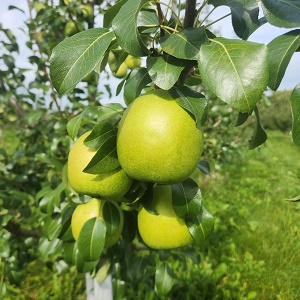

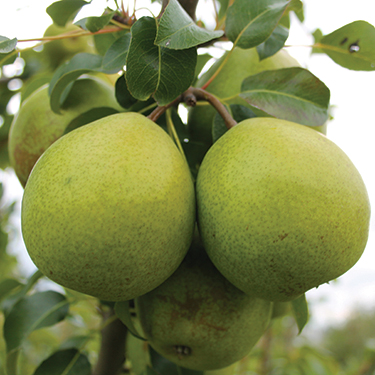
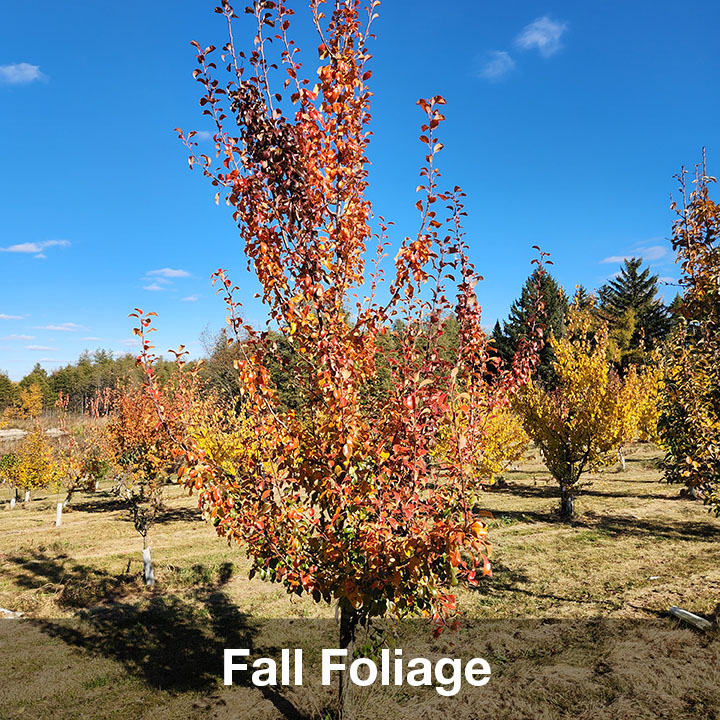
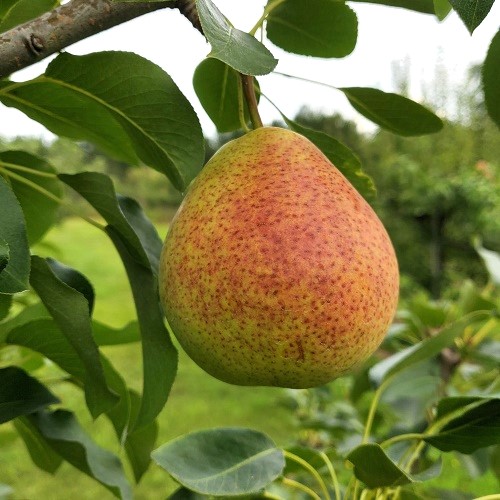
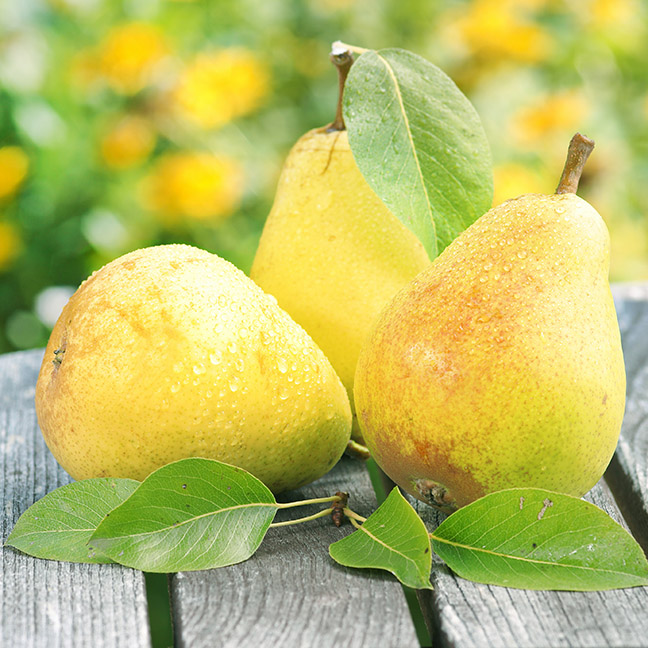
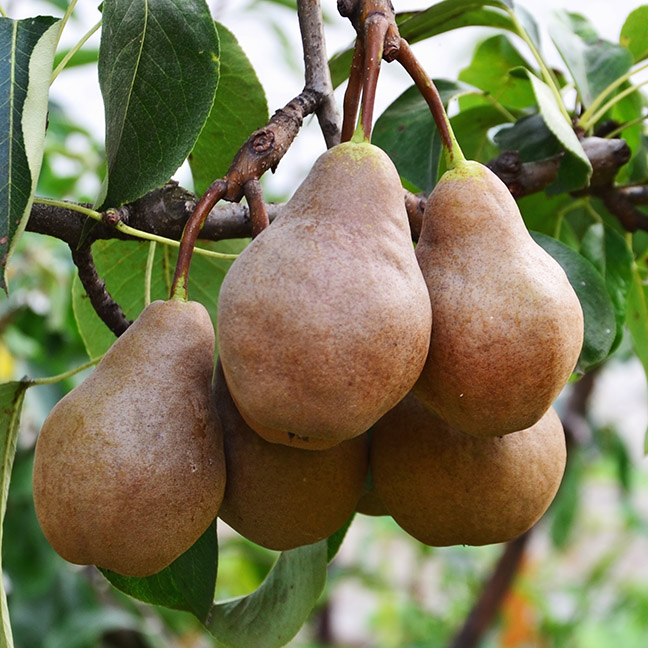
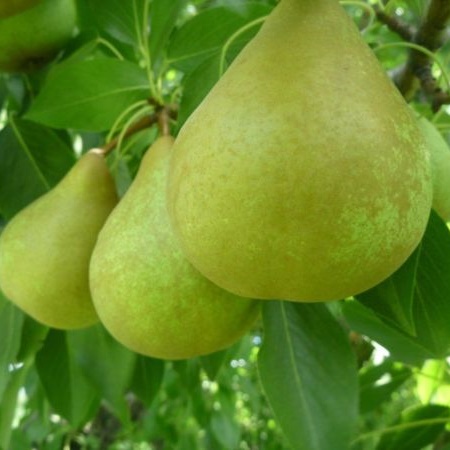
Helen Oldfield (verified owner) –
Great pear
Christine S. (verified owner) –
The pear seemed to need more time than the sweet cherry to settle in to essentially the same ground, but now (early June) it is leafing out well.